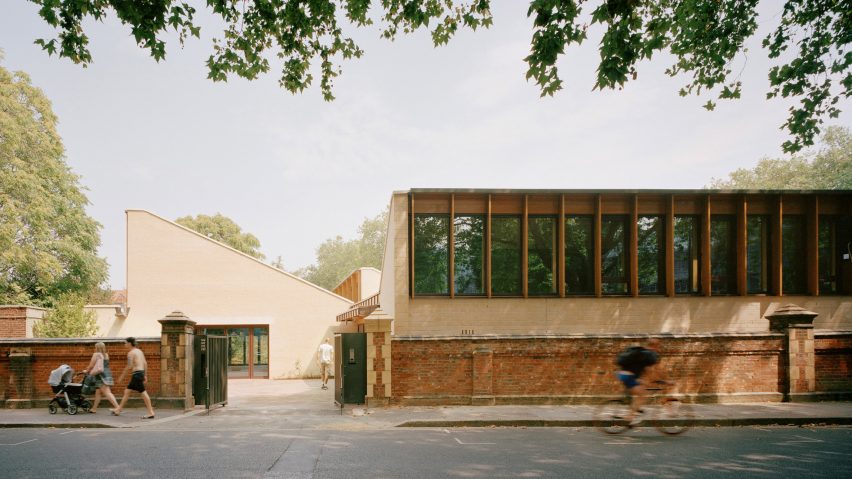
RIBA reveals 2022 Stirling Prize shortlist
The Royal Institute of British Architects has announced the shortlist for this year's Stirling Prize, which includes buildings by Niall McLaughlin Architects, Hopkins Architects and Henley Halebrown.
The six-strong shortlist for the Stirling Prize, which is awarded annually to the building judged to have made the greatest contribution to British architecture, includes two "ambitious" housing schemes and four places of learning.
This year's shortlisted projects are 100 Liverpool Street by Hopkins Architects, Forth Valley College – Falkirk Campus by Reiach and Hall Architects, Hackney New Primary School and 333 Kingsland Road by Henley Halebrown, Orchard Gardens by Panter Hudspith Architects, Sands End Arts and Community Centre by Mae Architects, and The New Library at Magdalene College by Niall McLaughlin Architects.
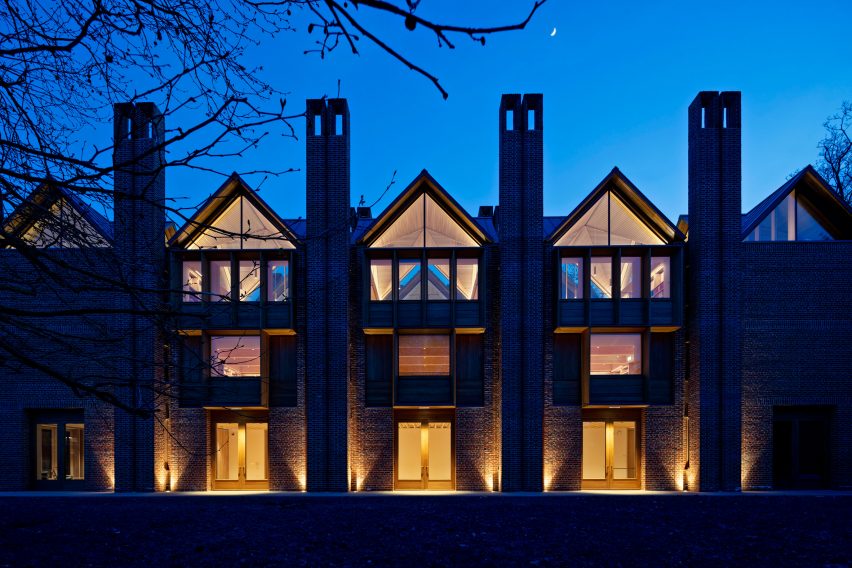
"As we grapple with housing, energy and climate crises, these six projects give cause for optimism, each offering innovative solutions to the challenges of today and the future," said RIBA president Simon Allford.
"From major capital city regeneration programmes to new visions for higher education, they all share the ambition to deliver generous architecture fit for a low-carbon future."
"Four of our shortlisted schemes provide new spaces to interact and learn," he continued. "These formal and informal settings – schools, colleges and community centres – epitomise how to design for sustained community benefit."
"They are joined by ambitious new housing developments on compact and complex sites that set a benchmark for investment in high-quality, desirable urban homes," he added.
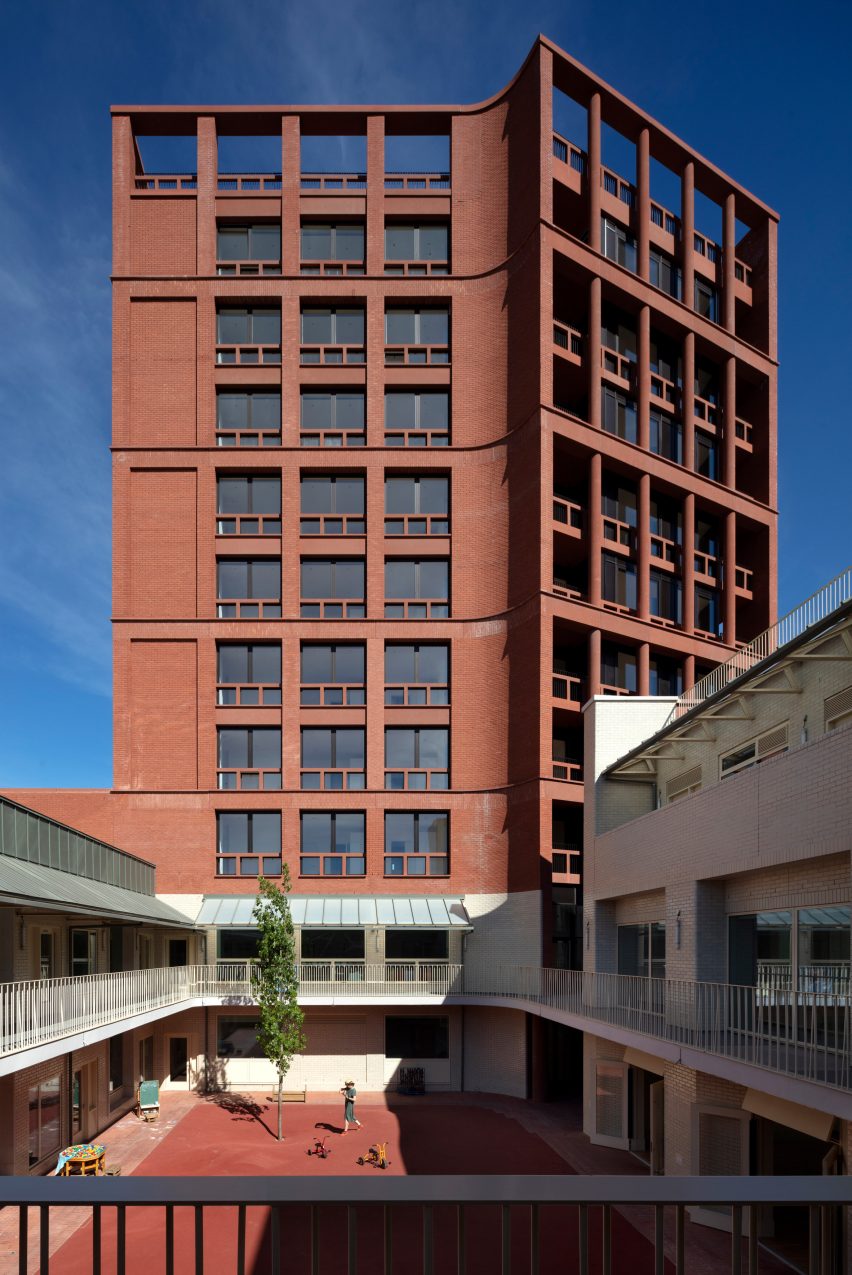
Four of the six shortlisted schemes – 100 Liverpool Street, Hackney New Primary School, Orchard Gardens and Sands End Arts and Community Centre – are located in London, while the other two projects are in Cambridge and Falkirk, Scotland.
There are no previous Stirling Prize winners on the shortlist although Reiach and Hall Architects, Hopkins Architects and Niall McLaughlin Architects have all been shortlisted three times before and Henley Halebrown once.
According to RIBA, the projects were shortlisted due to their focus on sustainability and community.
"All six are also underpinned by their understanding of construction's responsibility to mitigate and adapt to our climate crisis," said Allford.
"From the reuse and upgrade of existing buildings to the conscious specification of low-carbon materials and technologies to the thoughtful design of hybrid, flexible spaces – these schemes consider their environment and give generously to their community."
The winner of the 2022 RIBA Stirling Prize will be announced on 13 October 2022 at RIBA's London headquarters.
Last year, the prize was awarded to Kingston University London – Town House by Grafton Architects, while the 2020 award was cancelled due to the coronavirus pandemic.
Read on for edited citations from the 2022 Stirling Prize jury:
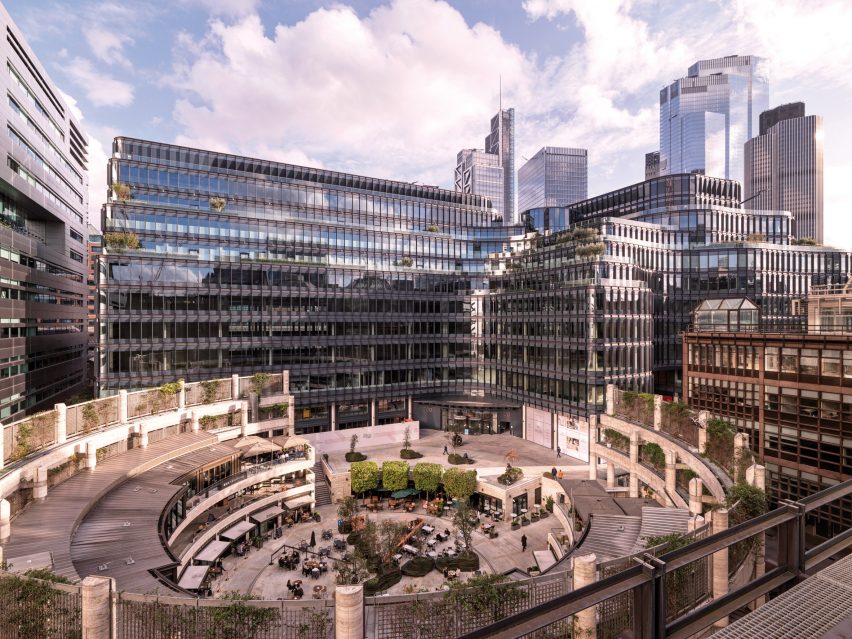
100 Liverpool Street, London, by Hopkins Architects
"This refurbishment project transforms a former 1980s office building with deep floor plates into a high-quality flexible commercial building fit for the 21st century.
" Its approach to reusing the existing building demonstrates clear strategic thinking, keeping what could be salvaged, unpicking what could not and adding what was necessary.
"The building sits over several railway tracks and is next door to a bus station, so the complexities in the design and build process were manifold. The design retains the existing foundations and a large proportion of the original steelwork, as well as adding three new office floors with extensive terraces and rooftop gardens at upper levels."
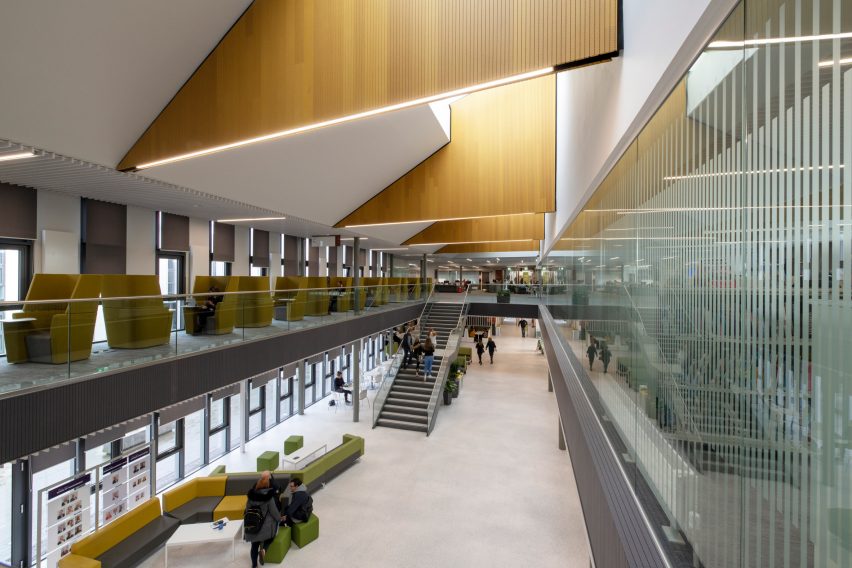
Forth Valley College – Falkirk Campus, Falkirk, by Reiach and Hall Architects
"Replacing a 60s building that had reached the end of its useful life on the site adjacent, the new campus buildings hark back to the architecture of that era with the long, low-slung elevations nodding to both the setting and the evolution of Reiach and Hall as a practice.
"This is a building that knew where it needed money, and an architect and client working in harmony to make sure it got it.
"Education buildings in this country live or die by the quality of their reflected ceiling plan. And in this case, you can feel the care that has gone into the coordination of the services and the import placed on architectural quality through the bespoke ceiling panels developed by the architect and gamely interpreted by the contractor through a number of projects."
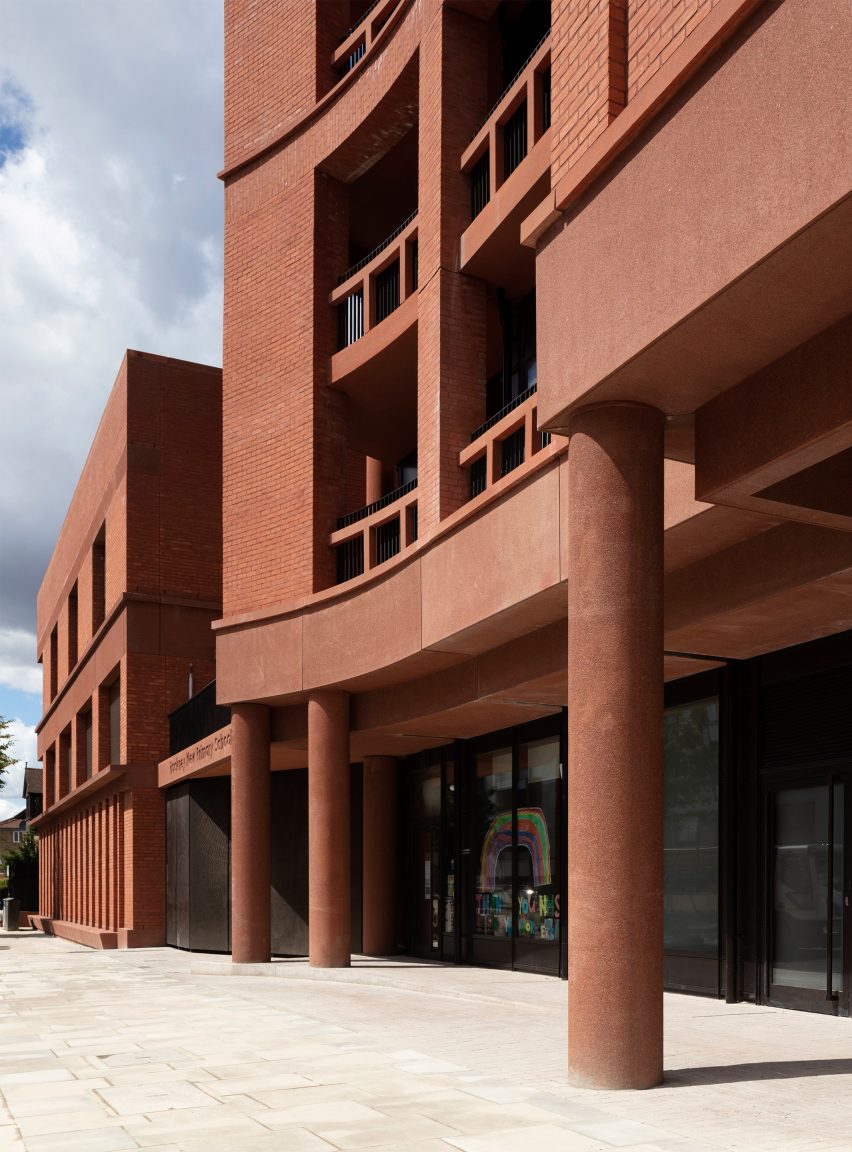
Hackney New Primary School and 333 Kingsland Road, London, by Henley Halebrown
"Hackney New Primary School is an immense, sculptural pink brute of a building, punctuating a busy junction on the Kingsland Road with a certain civic pride.
"The project comprises a school enabled by a new housing block, both on a single tight urban site. Its size clearly challenges educational and environmental norms, with the elimination of internal corridors forming an inner world of a closely knit courtyard and classrooms.
"It is clear the architects have had to be inventive to deliver required light and ventilation on this restricted school site and the courtyard is very much the heart of the school in the same way the hall was in the Victorian board school."
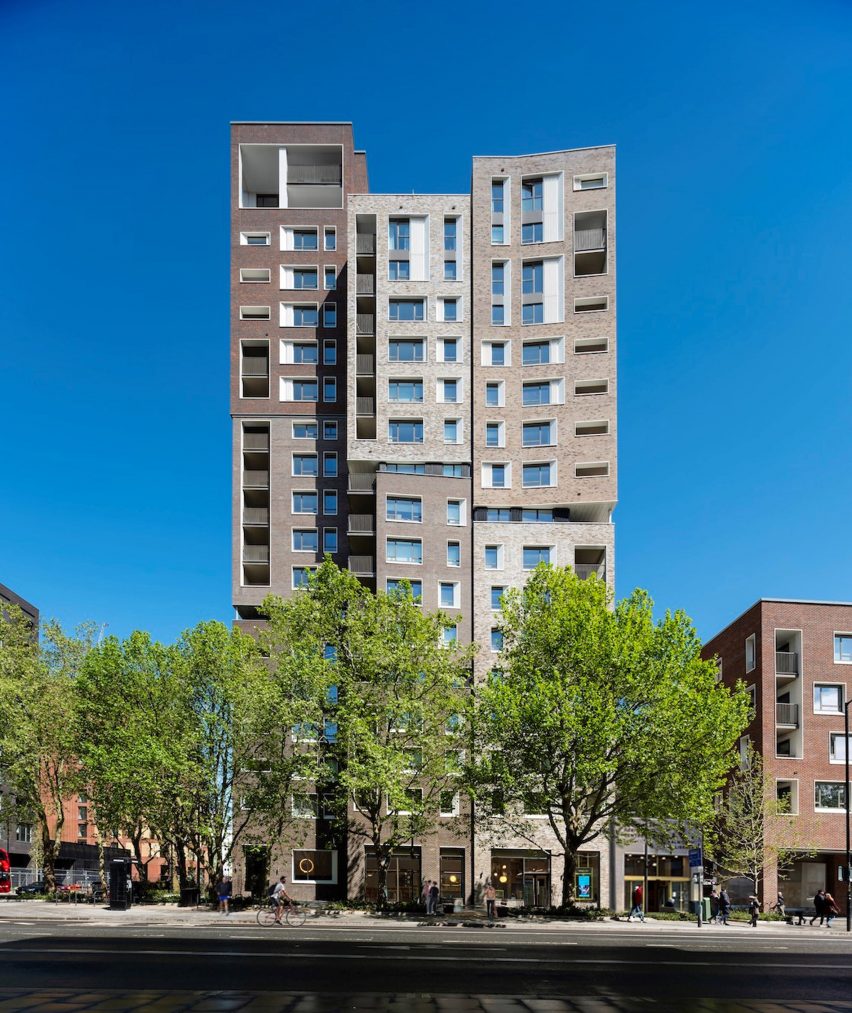
Orchard Gardens, London, by Panter Hudspith Architects
"Orchard Gardens is an entire city block and a major component of Elephant & Castle's regeneration. Designed to be viewed as a cluster of buildings, it wraps around a sunny communal garden with sophisticated and playful contrasting scales and heights, ranging from five to 19 storeys.
" The judges felt that this was an exceptional exemplar of a dense residential-led mixed-use scheme: a project that provides high-quality homes and well-scaled outside spaces that positively respond to their setting, and enhances place-making. An excellent scheme in what is one of the profession's most challenging sectors."
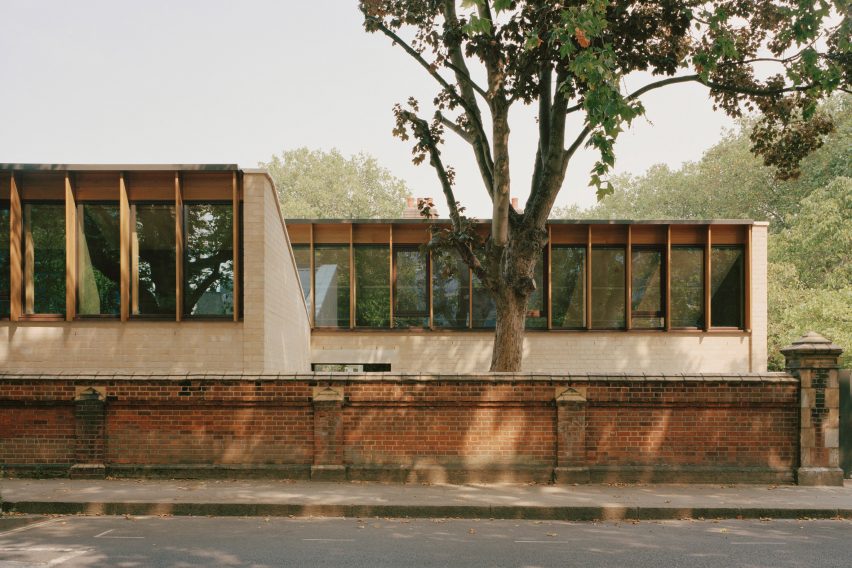
Sands End Arts and Community Centre, London, by Mae Architects
"The new Sands End Arts and Community Centre is a collaborative development comprising several new connected pavilions arranged around the existing disused Clancarty Lodge, a popular landmark that was refurbished as an exhibition space as part of the same project.
"Driven by the local council's arts strategy of improving access to cultural activities for the widely diverse local community, the development's brief and programme were co-created in consultation with the council, user clients, local stakeholders and local residents, all facilitated by the architects. The result is a flexible new facility at the gateway into the park.
" The new facility makes a significant contribution to its community. Every aspect including the cafe is managed and run by local people, allowing them to be flexible in both their opening hours and offer. Function spaces can be booked out by anyone and are well-used. The architects have met the brief and budget with confidence and inventiveness, delivering a highly sustainable, delightful and flexible asset for the client."
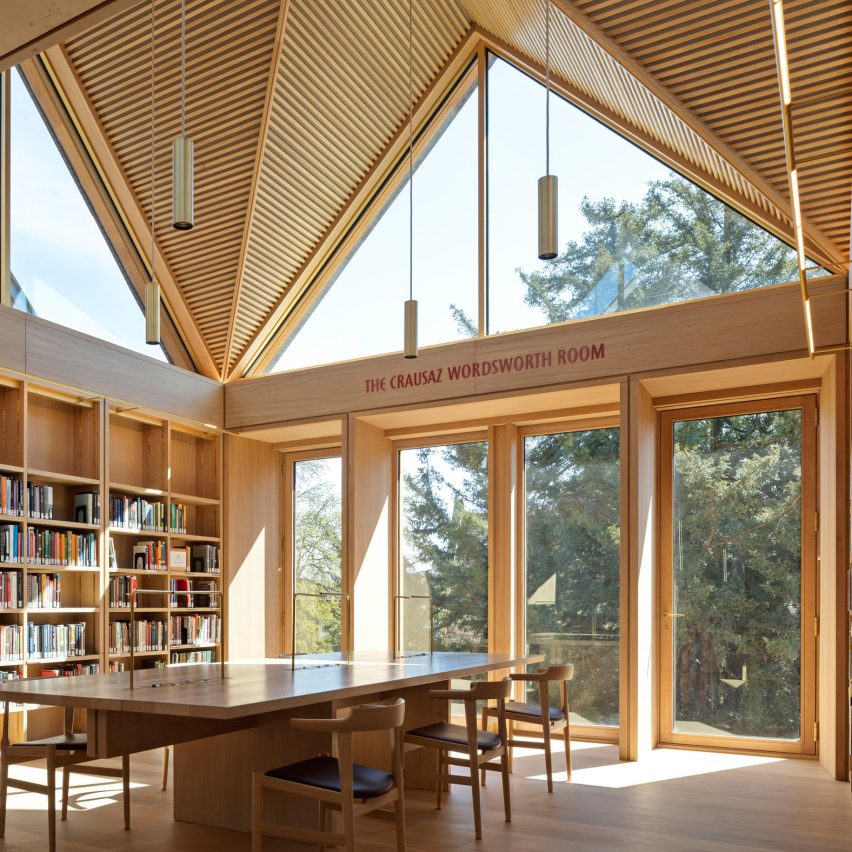
The New Library, Magdalene College, Cambridge, by Niall McLaughlin Architects
"A brief to create a college library with a lifespan of 400 years – to replace a library gifted to Magdalene College by Samuel Pepys 300 years previously – is no small task.
"Niall McLaughlin Architects has certainly risen to the challenge with this deft and inspiring temple to learning. The library combines load-bearing brickwork with an exquisitely detailed, horizontal engineered timber structure to establish a lofty, surprisingly vertical space with a complex three-dimensional tartan grid.
"The library draws on familiar predilections from previous McLaughlin projects – the references to Louis Kahn's handling of oak-panelled window assemblies for example via the housing for Somerville College – while also creating something wholly particular within the setting of the wider college.
"The project is also one of the top submissions in terms of whole-life carbon considerations and has addressed the RIBA 2025 benchmark. The structure is dominated by loadbearing brickwork, with horizontal support predominantly in engineered timber and to a lesser extent as precast lintels and support beams. These material choices have successfully reconciled the existing constraints of the historic college context to deliver a building that will present a long and sustainable service life."